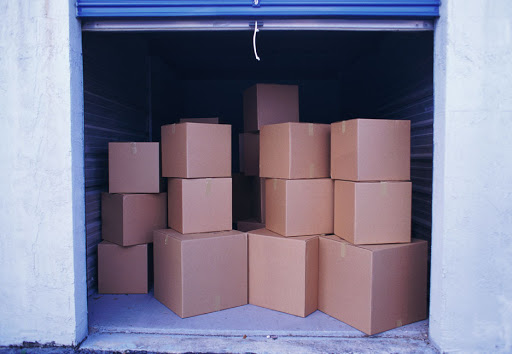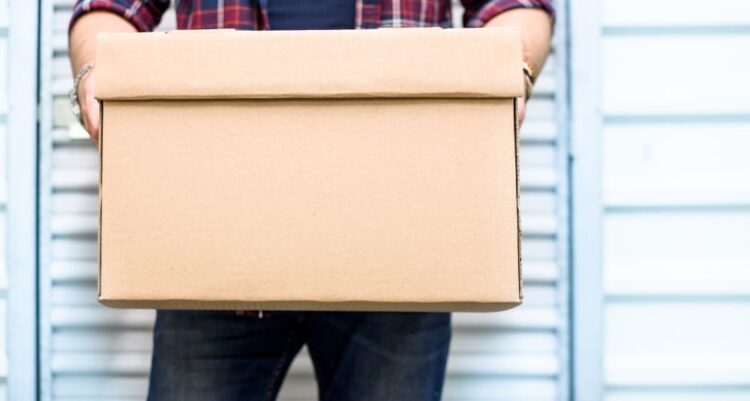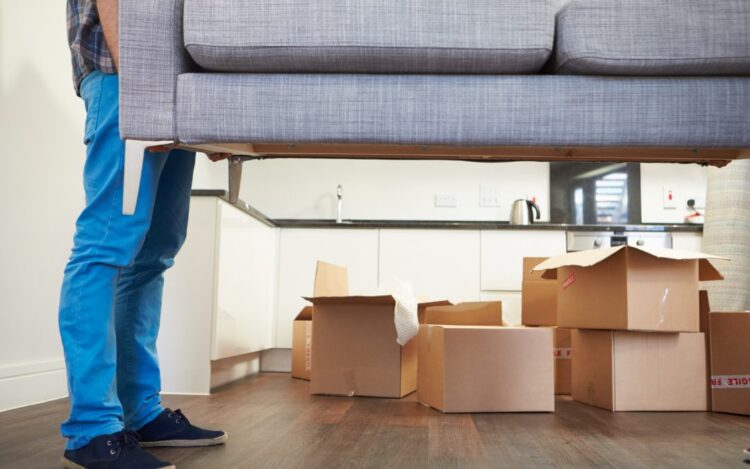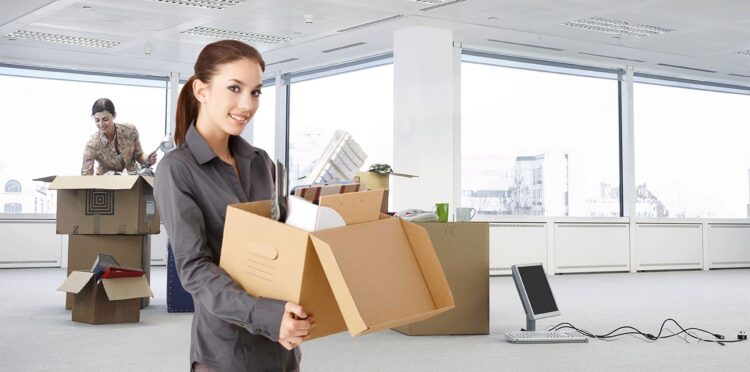Moving to another city, moving to another home, or moving your belongings to a warehouse?
No matter if it’s moving or simply cleaning up the mess, you need to know something. It is very important that you arrange and pack your storage properly so that you can, for example, store extra furniture, take out winter clothes, and finally hide that extra fridge.
Read on to find out how to use storage more efficiently to get the best effect with as little money as possible. Forever forget about damaged furniture, unused space and missing personal belongings in a multitude of boxes.
It’s very simple

Before you start organizing your warehouse, you need to prepare the storage space itself.
Make sure you have enough space – You certainly don’t want to start packing and organizing your space and eventually return home with half the things that don’t fit the dimensions.
You can get pretty involved in packing and organizing, but you just have to plan well. Make a list of the furniture you will be packing, the number of boxes and other items you will need to adjust, think about how much space the items will take up.
Lastly, compare it with the space available.
Make sure space is air-conditioned – Think carefully when choosing storage space. If your warehouse is not climate controlled, ask yourself if it’s worth the risk with things like expensive clothes, electronics or instruments. If you are storing things especially sensitive to temperature or humidity, you may want to consider reserving one with air conditioning.
Did you know that a climate-controlled warehouse requires half the time to pack your stuff? You will not have to waste time providing maximum protection for your items.
Clean the room thoroughly – Unless it is climate controlled or completely enclosed, protect your belongings from weather and pests by, for example, having to place tarpaulins or wooden pallets on the ground. It is very important that your storage space is clean and free of damage, inspect the walls and roof, pay attention to cracks, sharp edges.
Clean the floor well, and it is best to do so with soap or disinfectant

Clean everything that should fit inside – Be sure that what you put away today in a few months can only get dirtier.
Prevent it and clean it in time for your belongings, and that includes:
Wash clothes and remove any stains, wipe and wax wooden furniture, clean leather furniture with a skin cleanser or gentle soap, clean furniture covered with a fabric with an antibacterial cleaner and allow it to dry completely, wipe the inside and outside of the device and rinse with bleach or vinegar.
Establish a Detailed List of Things – Before you begin a detailed list of things to pack, make a comprehensive list of all the things you plan to store. This way, you won’t have to search the house looking for a long-lost item or thinking constantly whether something is left in your closet or is still stored in a box.
Do the following: Take photos of the serial numbers of the model and brand logo, a brief description of the item and any damaged items, record the monetary value of expensive items if they happen to be missing, categorize things by boxes, bins or something else.
Remember to always have the name and location of the warehouse object with you. Click here in case you want to explore what warehouses offer.
Avoid damaging your items and properly packing and organizing them by following the tips that will help. These tips give you protection from flat-screen TVs to winter coats.
Avoid plastic materials while packing your furniture. Instead, lightly tie the furniture with blankets, cloths, or old sheets.
Glue tape over sensitive objects and do not glue directly to furniture.
Drain any remaining liquid from the appliance, remove glass shelves or fragile pieces, place baking soda in the appliance to avoid odors.
Mechanical and electronic devices should not be stored in a non-air-conditioned room. Otherwise, rusting and cracking can occur.
Pay special attention to your electronics by storing the device in its air-conditioned space in its original packaging. Label and photograph the wires before unplugging them, then wrap the items in wrapping paper to ensure that the electronics will be protected if the box in which it is damaged.
The best way to pack clothes when stored is to use plastic containers with lids or with a zipper. Doing so protects clothing from dust, mold, and moisture.
Avoid annoying moths and odors with air fresheners or anti-moth agents.
Disassemble things – One rule that you must follow when packing in storage is to separate all disassemble items.
Shelves, tables, and chairs with detachable parts, bed frames and other items made for dismantling should be separated when stored.
This gives you plenty of extra space when it comes to smaller storage rooms.

Sort items by their characteristics such as size, function, and fragility when boxed. For example, it might be a good idea to put all your kitchen items in one box.
Remember that placing too much weight on top of easily breakable objects can cause damage.
What if you have too many things and don’t want to reduce the number of items you store?

Don’t worry, here’s what you can do.
Maximize the space in which you store your stuff starting at the bottom – Put boxes with heavy items on the bottom layer. After that, head to the top put on the lightest of things.
Don’t forget to leave enough space to be able to go through it, and on the other hand, keep all the things you need.
Increase space by installing shelves – Organizing large and oddly shaped items that won’t fit in a box has never been easier. Buy suspended shelves and temporarily fix them to a drilled wall or get large plastic or metal shelves that stand on the ground.
Use the furniture to maximize space – For example, take advantage of drawer items by packing smaller boxes and breakable items into drawers.
Conclusion:
Now you know how to pack, organize and use storage space as efficiently as possible. Also be creative in the process!
 Hi Boox Popular Magazine 2024
Hi Boox Popular Magazine 2024



